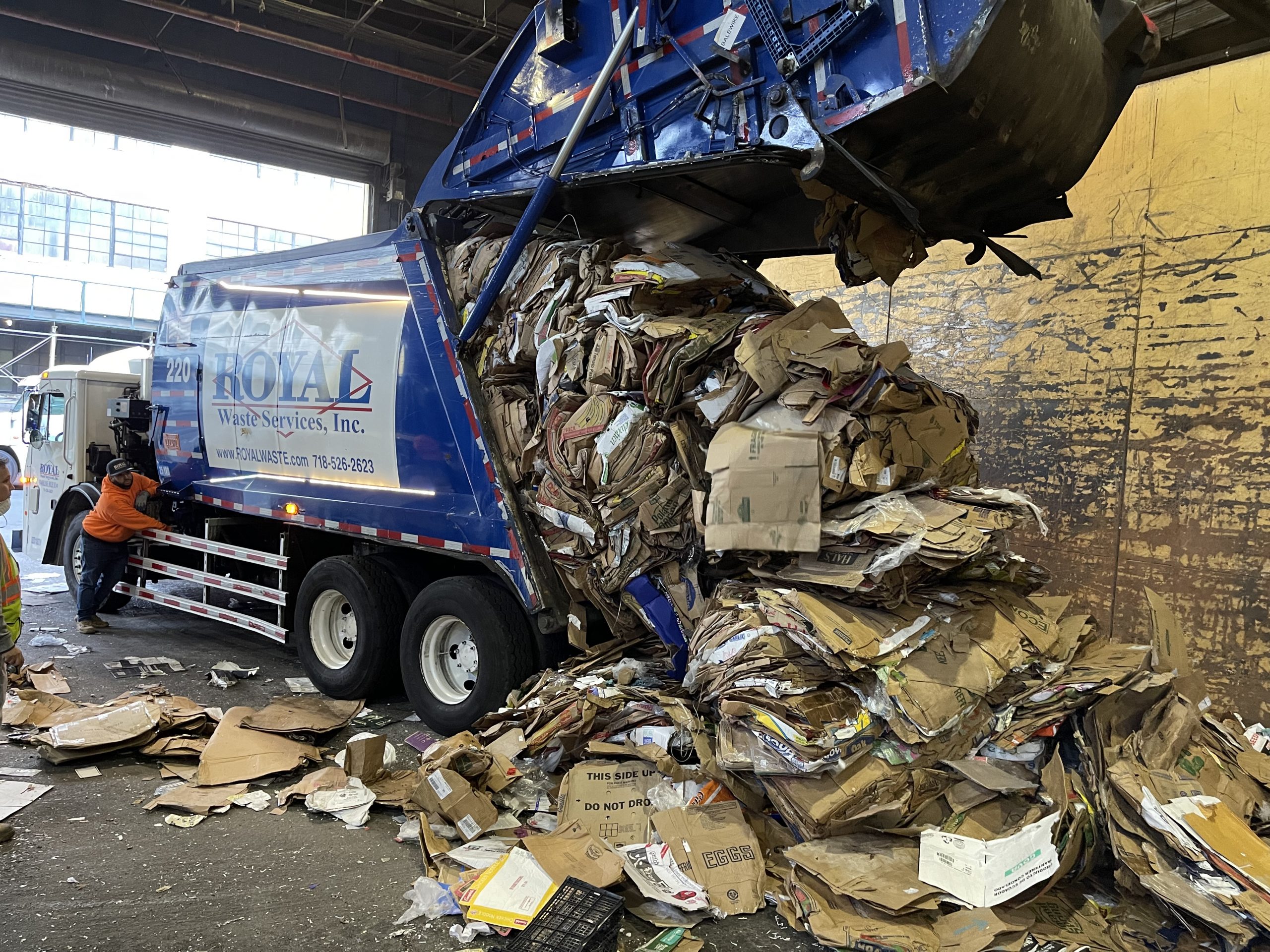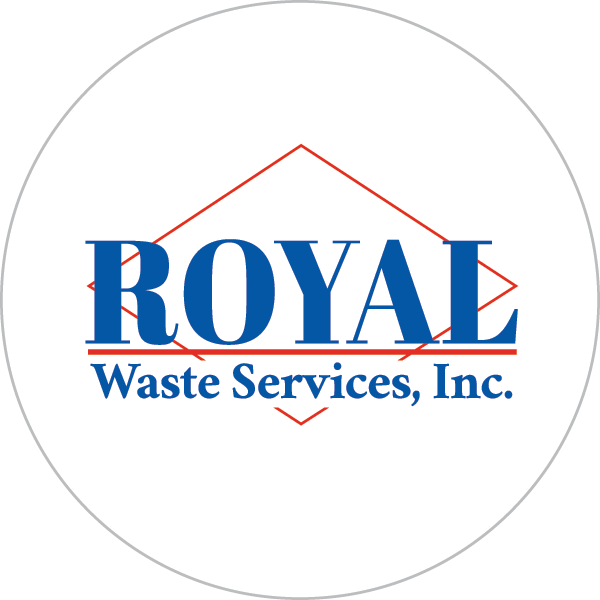How Much Waste Does The Fashion Industry Produce?

In the retail fashion industry, it can be hard to capture an accurate tally of the amount of waste produced. However, some estimates suggest that roughly 92 million tons of clothing materials are discarded each year. This is due in part to higher demands for increasingly trend-focused garments and fast fashion pieces; when trends change, items become quickly outmoded and often end up in landfills instead of being recycled or reused. On a global scale, this kind of waste has a significant harmful impact on both human health and the environment. Additionally, much of the waste comes from improper disposal practices as well as excessive packaging used for shipping products. Promoting sustainable practices and minimizing the widespread environmental harm the fashion industry causes depend on finding a solution to this problem.
Why Is Textile Waste A Major Concern?
Due to its release of pollutants and contribution to resource depletion, textile waste poses a serious threat to the environment. Trash from textiles puts stress on landfills and taints water with harmful chemicals from dyes. Socially, communities that are frequently located in production regions suffer the most from health risks and economic downturns. The persistence of exploitative labor practices makes social justice issues worse. In terms of the economy, the fashion industry’s inefficiency encourages wasteful behaviors that impede sustainable growth and feed a vicious cycle of harm to the environment and society.
Fashion Industry Waste Statistics In 2023
As of 2023, the fashion industry produced a startling 97 million tons of waste annually, of which 18 million were leftover textiles, 2.5 million were chemical waste, and 3 million were packaging materials. Unsettling patterns show an increase in fast fashion contributions, which exacerbates environmental issues. There are regional differences as well, with some areas reporting waste production that is out of proportion. The industry’s increasing environmental impact highlights the urgency of addressing these statistics and the need for swift action toward sustainable practices.
What Are The Types Of Textile Or Fashion Industry Waste?
Waste from the fashion industry contributes to social and environmental problems. Examples of waste include manufacturing byproducts, unsold inventory, fabric scraps, and post-consumer disposal.
Pre-Consumer Waste
Pre-consumer textile waste is made up of manufacturing offcuts, leftovers, and unsold inventory that is generated in the early stages of production. Excess fabric from cutting patterns and unsold clothing from overproduction are two examples. The waste’s significant negative effects on the environment, which include increasing the burden on landfills and depleting resources, highlight the need for sustainable production methods.
Post-Consumer Waste
Fast fashion trends and product lifecycles lead to end users discarding clothing, which is the source of post-consumer textile waste. One of the challenges in recycling is the mixture of materials. To manage the environmental impact of discarded clothing, solutions include encouraging donations, promoting sustainable consumption, and developing recycling technologies.
Deadstock Fabric
Deadstock fabric is excess stock left over from overproduction or shifting style preferences. Excess manufacturing and changes in the market are the causes of its accumulation. Wasted energy and resources have an adverse effect on the environment. Repurposing via upcycling, donating, or effective inventory management are examples of mitigating strategies that reduce excess production and its disposal.
Misprinted Or Overstocked Items
Overstock or misprinted goods are the result of inaccurate production estimates and shifting consumer preferences. Waste of resources and difficulties with disposal are aspects of the environmental impact. To lessen the environmental impact of excess inventory, sustainable alternatives include adaptive production models, inventory tracking technologies, and partnerships with nonprofits to repurpose excess goods.
End-Of-Life Textiles
When disposed of using conventional methods, such as landfills, end-of-life textiles present environmental challenges. New recycling technologies provide environmentally friendly options. Reusing and recycling materials is a key component of circular economy models, which help lessen the environmental impact of discarded clothing. It is essential to put such models into practice if the fashion industry is to become more resource-efficient and sustainable.
Where Does Textile Waste Go?
Without the adoption of sustainable disposal and recycling practices, textile waste frequently ends up in landfills, contributing to environmental degradation.
Landfills
In landfills, textile waste impedes biodegradability and makes space shortages worse. Hazardous materials are released during the breakdown of synthetic fibers, contaminating the land and water. An approach to textile waste management that is more environmentally conscious must prioritize sustainable disposal techniques, encourage recycling, and support circular economy practices in order to lessen these effects.
Incinerators
Textile incinerators release greenhouse gases and air pollutants, endangering the environment. Toxic substances are released during combustion, which leads to air pollution. Mitigating the environmental impact of incinerating textile waste requires promoting alternative disposal methods, switching to cleaner energy sources, and giving recycling top priority.
Recycling Facilities
Recycling textiles can involve chemical reactions like depolymerization or mechanical techniques like shredding and spinning. Whereas chemical recycling converts fibers into new materials, mechanical recycling preserves the fiber’s original characteristics. Both approaches lessen waste, preserve resources, and support a circular and sustainable fashion sector.
Donations And Secondhand Markets
By extending the textile life cycle, secondhand market sales and donations of used apparel support sustainability. By reusing clothing, it lessens waste, contributes to community projects, and lessens the environmental effect of new production. Adopting these behaviors encourages a more conscientious and sustainable way of consuming fashion.
Upcycling And Repurposing
Repurposing and upcycling textiles entails repurposing used materials in innovative ways to create valuable new products. By encouraging a circular economy, lowering waste, and conserving resources, this sustainable strategy lessens its negative effects on the environment. Adopting these cutting-edge techniques encourages a more mindful and environmentally friendly cycle of consumption while improving sustainability in the fashion sector.
Addressing Textile Industry Waste: Innovative Solutions For A Sustainable Future
To address the waste the textile or any retail industry produces, novel approaches are necessary. Recycling technologies, circular economy models, and conscientious consumer behavior can all help to create a sustainable future.
Promoting Secondhand Clothing
By extending the life cycles of garments and reducing fashion waste, the promotion of secondhand clothing reduces its impact on the environment. Sustainable consumption is improved by supporting neighborhood thrift stores and embracing online resale marketplaces. By selecting secondhand goods, supporting a circular economy, and reducing the environmental effects of fast fashion, consumers can have a positive influence.
Advocating For Recycled Clothing Purchases
Promoting the purchase of recycled apparel is essential to lowering resource consumption and environmental effects. Recycled textiles are turned into fashionable, brand-new clothing through recycling processes. Successful campaigns dispel myths and demonstrate the practicality of recycled fashion. Adopting recycled apparel promotes a more ethical and environmentally conscious fashion industry and is in line with sustainability goals.
Choosing Organic Clothing
Purchasing organic apparel is consistent with moral and environmental principles. Organic agricultural methods preserve ecosystems, encourage soil conservation, and use fewer pesticides. When buying organic apparel, look for reliable certifications like GOTS (Global Organic Textile Standard). Choosing organic food supports sustainable agriculture, which benefits the environment and society in the long run. It also makes the planet healthier.
Understanding Sustainable Production Methods
Fashion labels should place a high priority on sustainable production by using eco-friendly materials, conserving energy and water, and implementing circular economy concepts. Having a commitment to ethical production is an important part of being a responsible fashion consumer. Additionally, look for labels that are transparent about their sourcing and suppliers to ensure they align with your values. Supporting sustainable brands doesn’t have to break the bank; look for styles that fit within your budget while still helping preserve the environment and support eco-friendly practices. With these tips in mind, you can feel confident knowing that when you purchase organic apparel, you’re doing something good for both yourself and the planet!
Get Royal Waste’s Incorporation Towards Your Retail Industry
Royal Waste is an advocate for sustainability in the retail sector, supporting fair opportunities for impacted communities, and advocating for eco-friendly practices. Royal Waste seeks to lessen the negative effects of fashion on the environment by reducing resource extraction and manufacturing through programs like recycling and waste reduction.
Royal Waste is a part of a more responsible industry that addresses environmental degradation and promotes social equity in the communities impacted by the fashion supply chain by encouraging sustainable practices in retail. Let Royal Waste show you how to make your company more sustainable while still staying true to your brand voice. Together, we can protect both and make the retail industry better for everyone.



